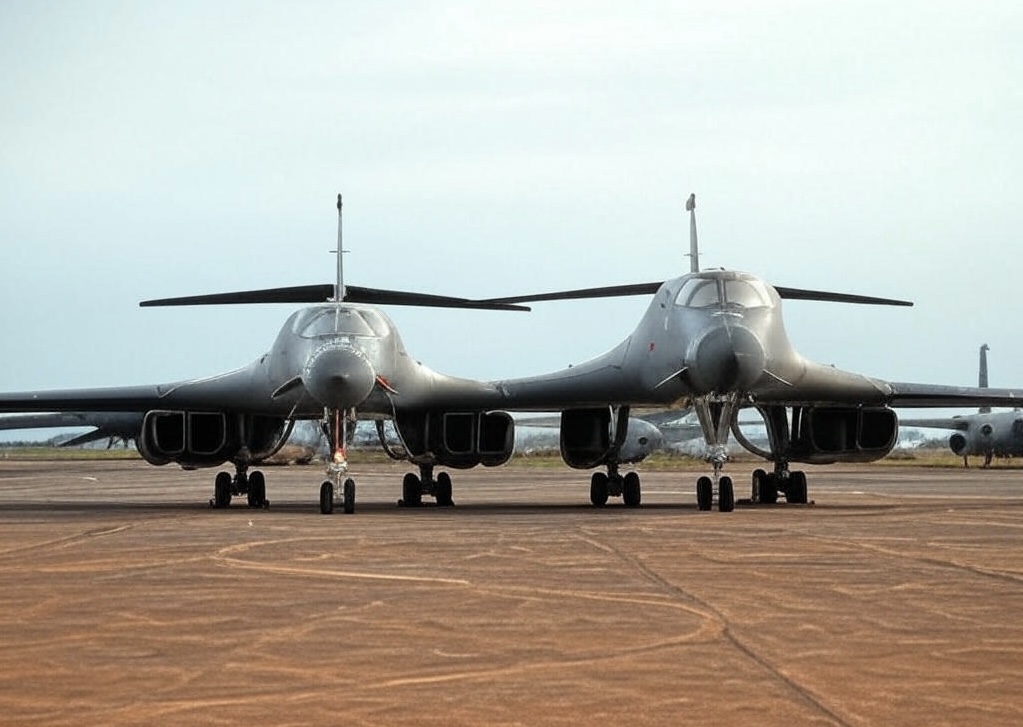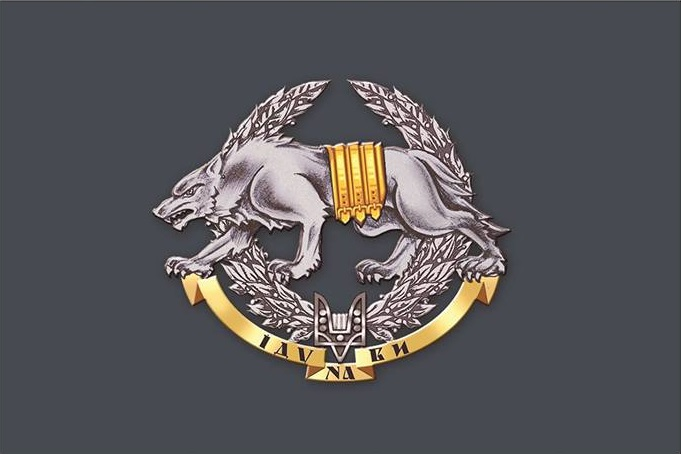Time Ukraine Israel magazine, USA, April 2025
In a world where geopolitical tectonic plates are moving at an accelerating pace, the Trump II administration is launching an ambitious yet risky gambit in the Indo-Pacific. The deployment of B-1B Lancer strategic bombers to Misawa Air Base in Japan – for the first time since the Vietnam War – has become not only a symbol of American power, but also a catalyst for a new era of tension in Asia. This move, complemented by the increased presence in Guam and South Korea, signals a fundamental realignment of US military strategy that aims to contain China and North Korea, but also teeters on the brink of escalation. For highly intelligent readers who want to understand the complex mechanisms of global politics, we reveal the underlying motivations, strategic calculations, and potential consequences of this manoeuvre.
Washington’s new chess move: B-1B Lancer and Bomber Task Force
In April 2025, US strategic bombers B-1B Lancer, capable of carrying nuclear weapons and hitting targets thousands of kilometres away, landed at Misawa Air Base in Japan. This step, implemented as part of the Bomber Task Force programme, is not just a rotation of equipment, but a demonstration of force aimed at allies and adversaries. The B-1B, known for its speed and versatility, can perform both strategic and tactical missions, making it an ideal tool for projecting power in a region where tensions are rising every day.
At the same time, the US has stepped up its military presence in Guam, where air bases are being modernised and rapid response resources are being accumulated, and in South Korea, where joint exercises with local forces have become regular. These actions are part of a broader strategy to strengthen the first island chain – a geographical barrier comprising Japan, Taiwan and the Philippines – as a key deterrent to China. Admiral Samuel Paparo, commander of the US Indo-Pacific Command, stressed that Beijing is actively building up its capabilities to neutralise US air superiority in the region, making such steps necessary.
Reactions of Beijing and Pyongyang: from diplomatic notes to threats
China, whose ambitions in the Indo-Pacific region are increasingly at odds with Western interests, reacted to the B-1B deployment with a mixture of diplomatic restraint and military rhetoric. Official Beijing called the US actions “destabilising” and accused Washington of “escalating confrontation”. At the same time, Chinese military analysts point out that the deployment of US bombers increases pressure on China in the context of disputed territories, including Taiwan and the South China Sea. Xi Jinping, according to sources, is intensifying contacts with the US European allies, as well as with Japan and South Korea, in an attempt to split Washington’s united front in the region.
North Korea, as expected, reacted more sharply. Pyongyang called the B-1B deployment a “reckless provocation” and threatened “the harshest response”. These statements were accompanied by an intercontinental ballistic missile test on 31 October 2024, which only increased anxiety in the region. According to South Korean and Japanese sources, the missile reached an altitude of 7,000 km and fell into the Sea of Japan, demonstrating the DPRK’s ability to threaten not only its neighbours but also the continental United States.
Trump’s Strategic Goals 2: Balancing Deterrence and Provocation
The Trump II administration, known for its commitment to “America First,” sees the Indo-Pacific as an arena where the United States must reassert its undisputed leadership. Unlike previous administrations, which relied on soft power and multilateral alliances, Trump is taking a more direct approach: a show of military might backed by economic pressure. The deployment of the B-1B Lancer and increased cooperation with Japan and South Korea send a clear message to Beijing and Pyongyang: The United States is ready to take decisive action if the status quo is violated, whether in the Taiwan Strait or on the Korean Peninsula.
However, this strategy is not without risks. First, it exacerbates tensions with China, which is actively modernising its armed forces, particularly its air force and navy, and may respond with asymmetric actions, for example, in cyberspace or the economic sphere. Secondly, North Korea, whose regime depends on a show of force, could resort to provocations, such as new missile tests or even limited military incidents. Finally, US allies, including Japan, find themselves in a delicate situation: supporting the US strategy could make them a target for China or the DPRK, while not cooperating would weaken regional unity.
Geopolitical context: Asia as a centre of gravity in the 21st century
To understand the depth of this manoeuvre, it is worth looking at the bigger picture. Asia, with its 4.7 billion people and rapidly growing economies, is the epicentre of global competition. China, Japan, India and South Korea are among the world’s largest economies, and the region generates 36.5% of global GDP. At the same time, Asia remains a powder keg due to territorial conflicts, North Korea’s nuclear ambitions, and China’s growing militarisation.
The United States, aware that its hegemony depends on control over key regions, is betting on strengthening the first chain of islands as a strategic barrier. Japan, with its highly developed economy and strategic location, plays a central role in this architecture. South Korea, despite its internal political turmoil, remains an important partner, in particular through joint training and technological capabilities.
Between stability and escalation
The new US military strategy in Asia under Trump II is an ambitious attempt to adapt to the changing geopolitical landscape. The deployment of the B-1B Lancer in Japan, increased presence in Guam and South Korea, and intensified joint exercises with allies demonstrate Washington’s determination to protect its interests and maintain regional stability. However, these steps teeter on the brink of provocation, risking strained relations with China and North Korea.
It is obvious to extremely intelligent readers that the success of this strategy will depend on a combination of military power, diplomatic skill and economic influence. Will the Trump 2 administration be able to avoid the escalation trap while maintaining US credibility in Asia? The answer to this question will determine not only the future of the Indo-Pacific region, but also the global order in the 21st century.
Author : Marianna Nyzhnia







